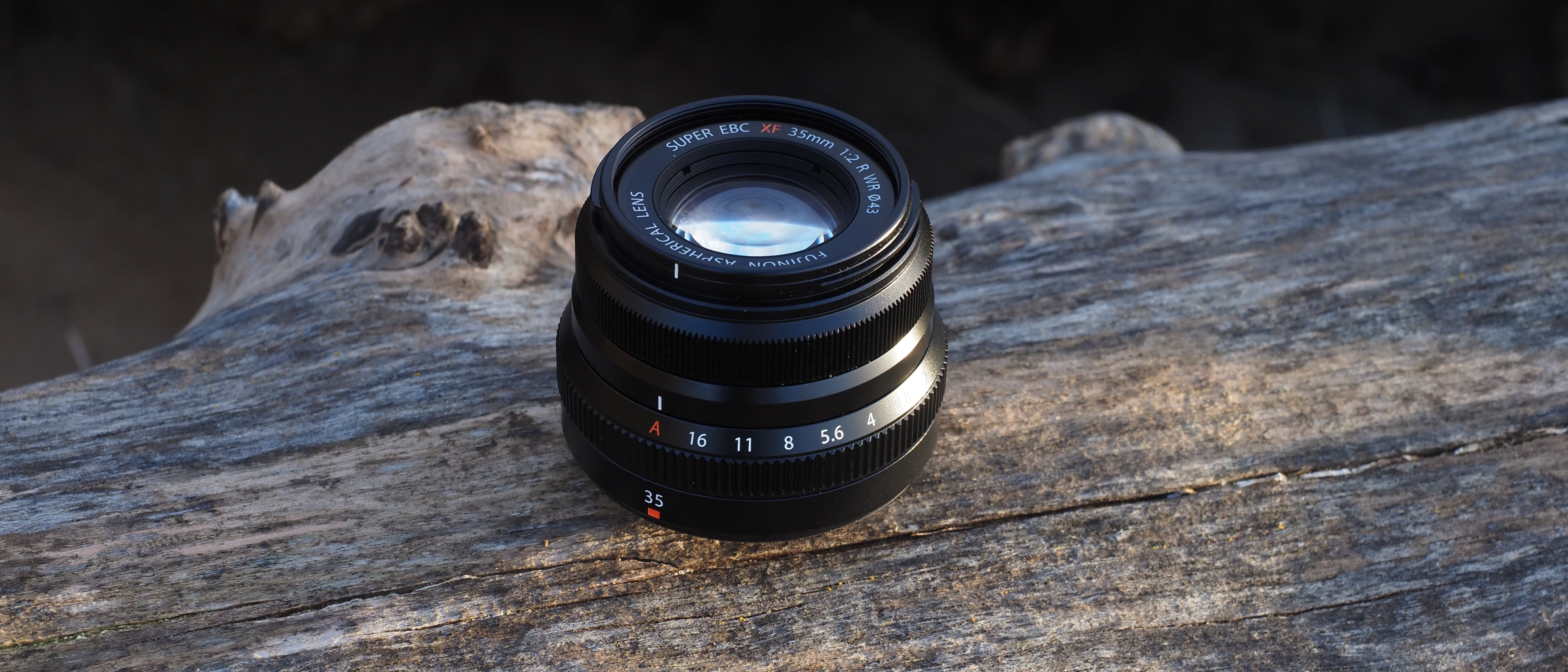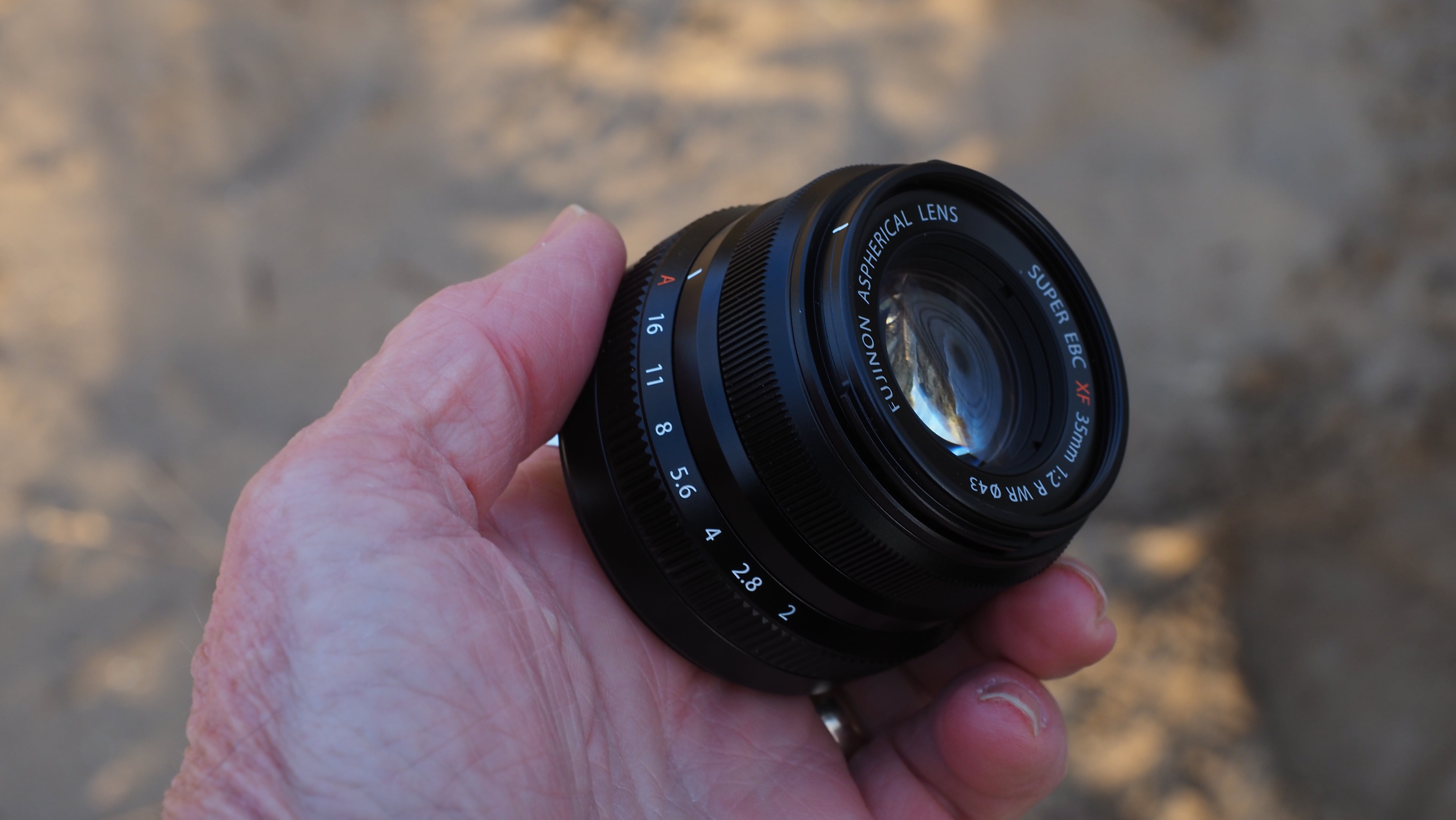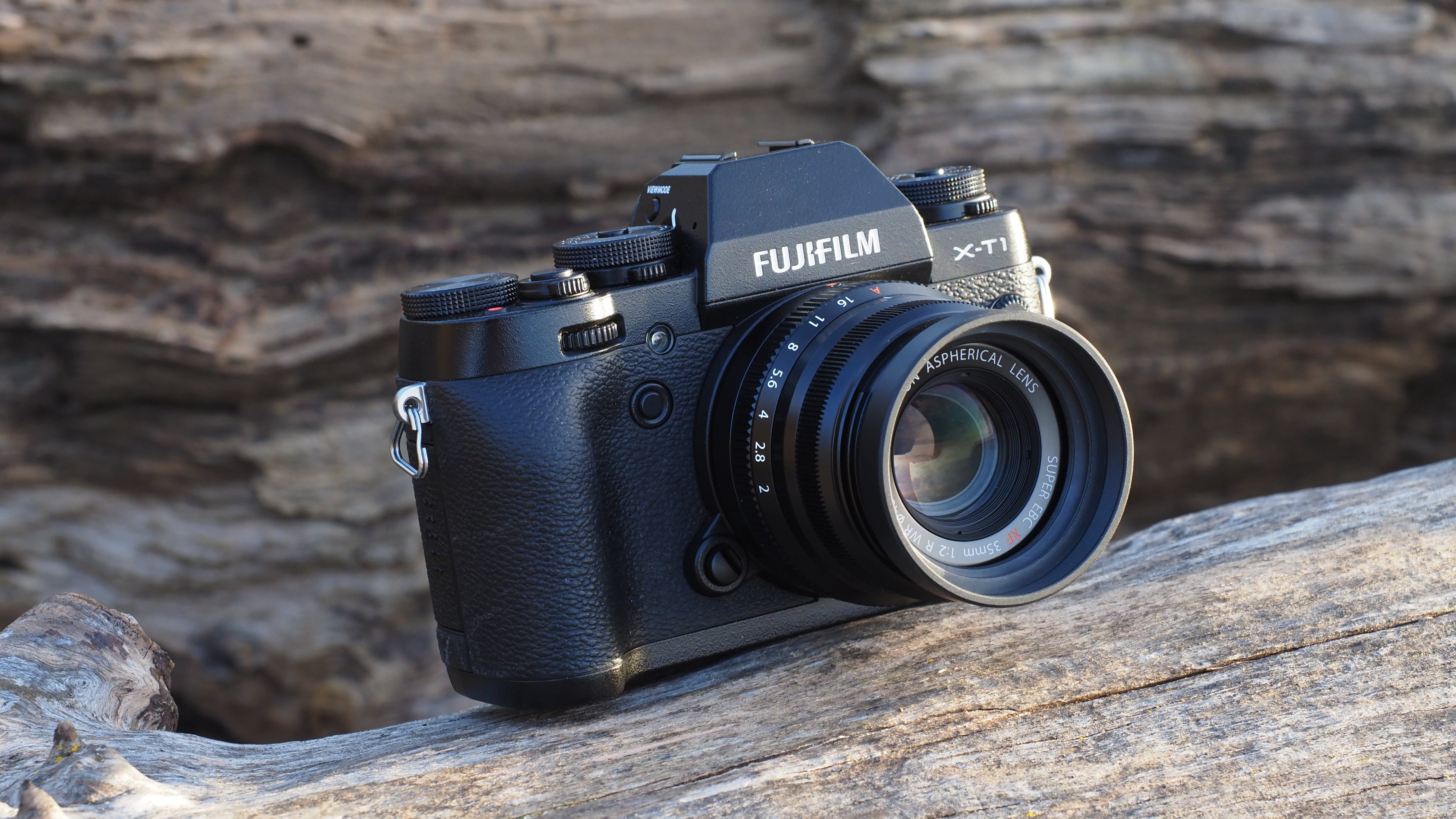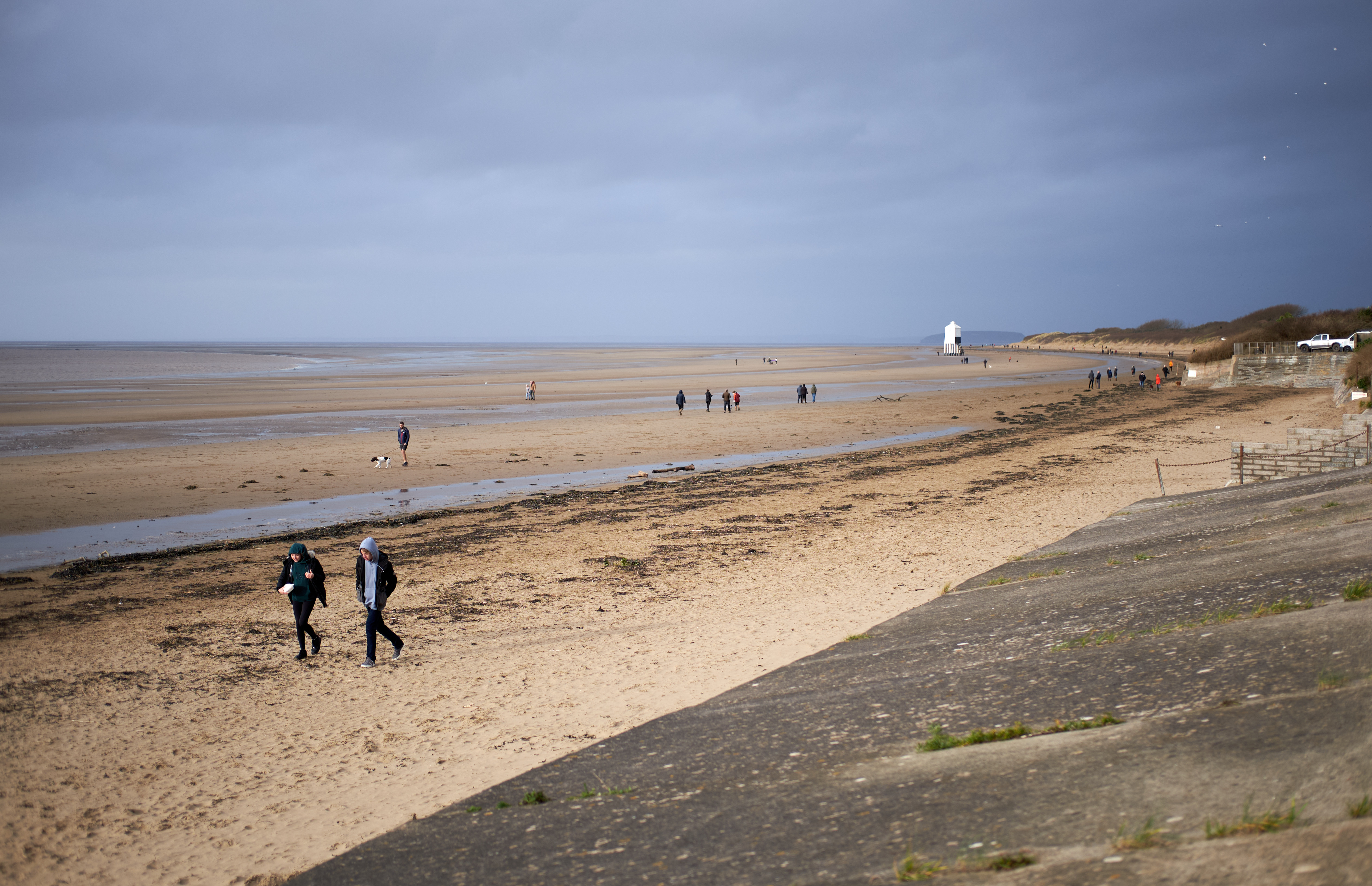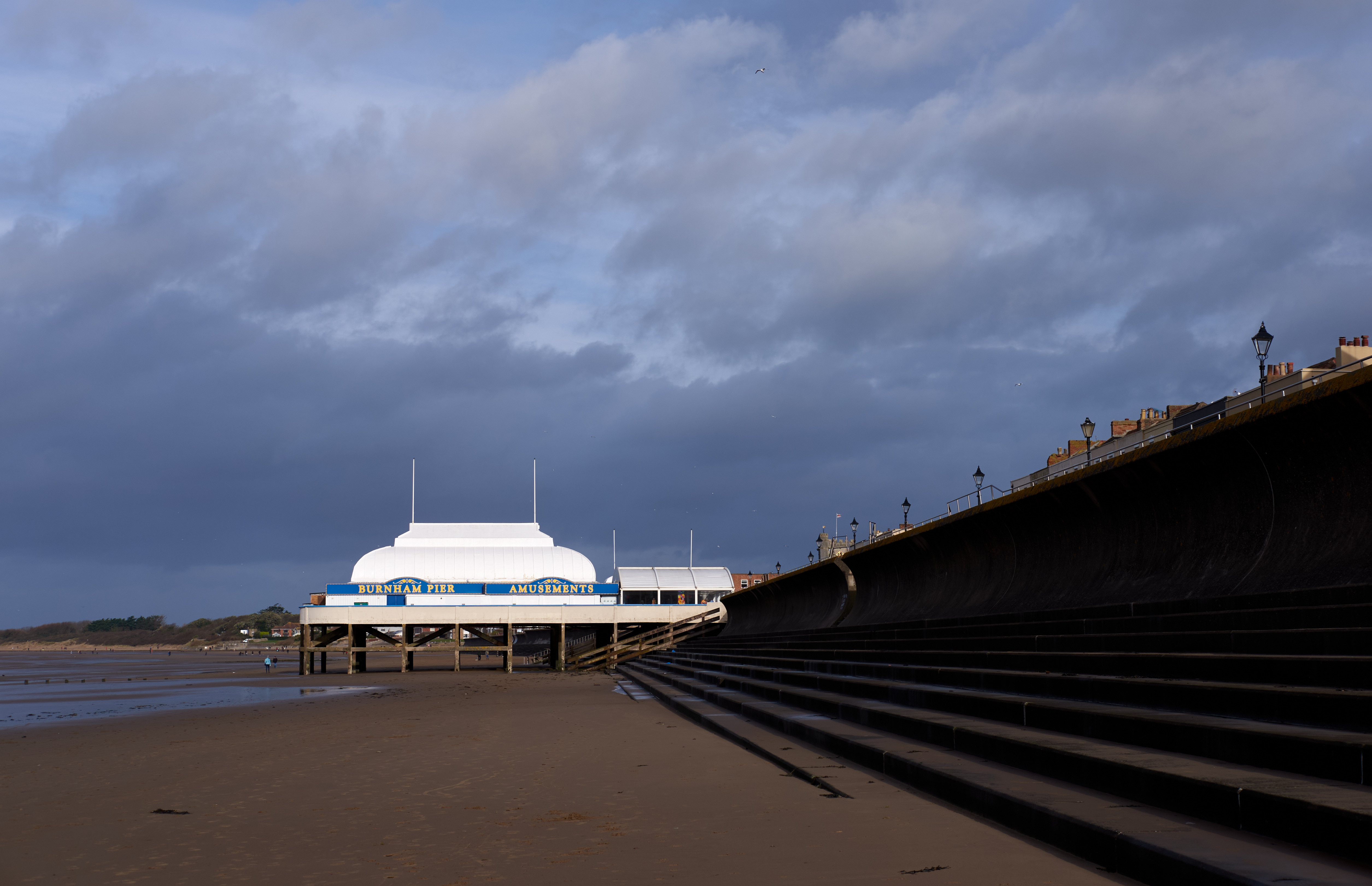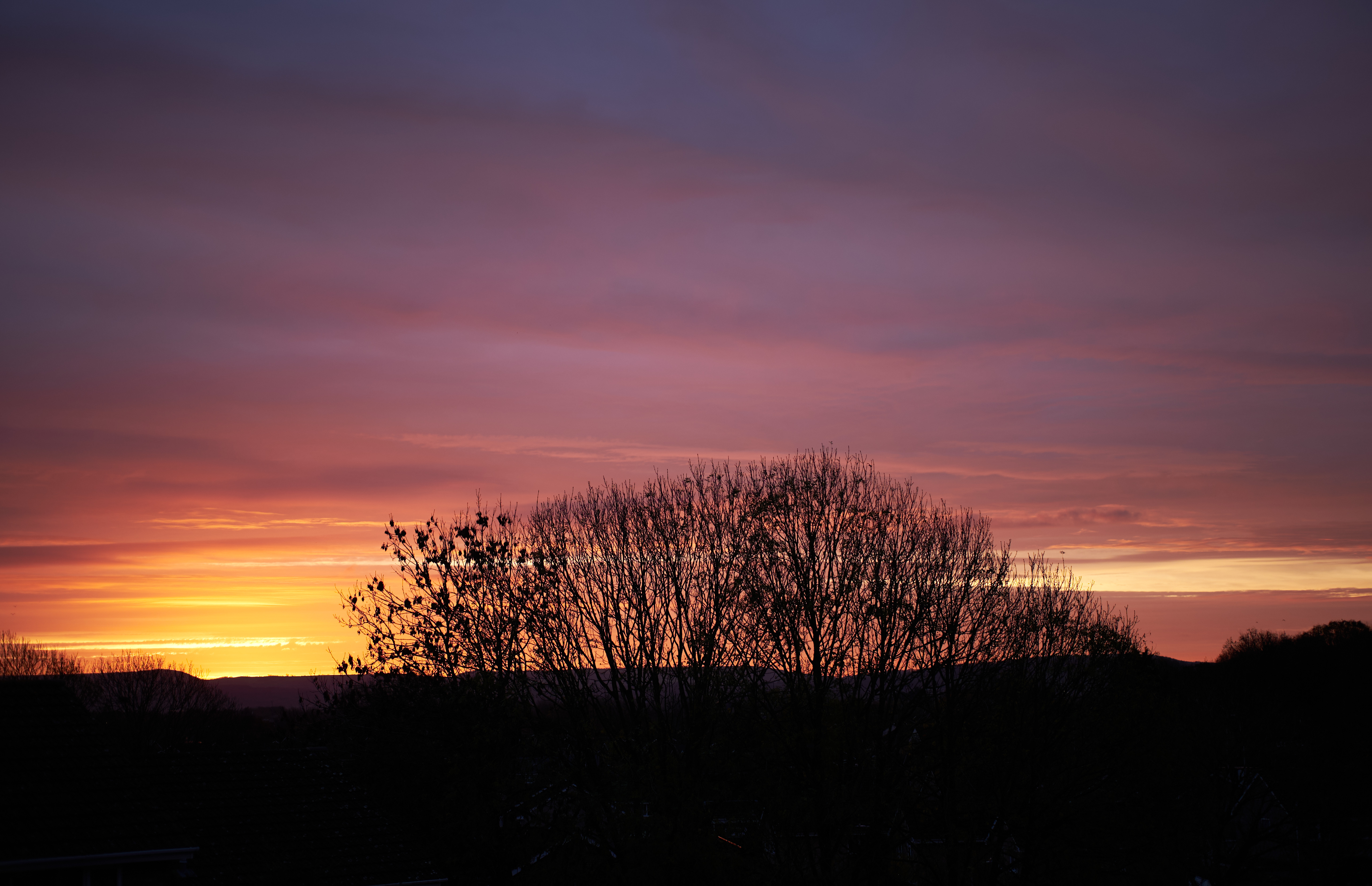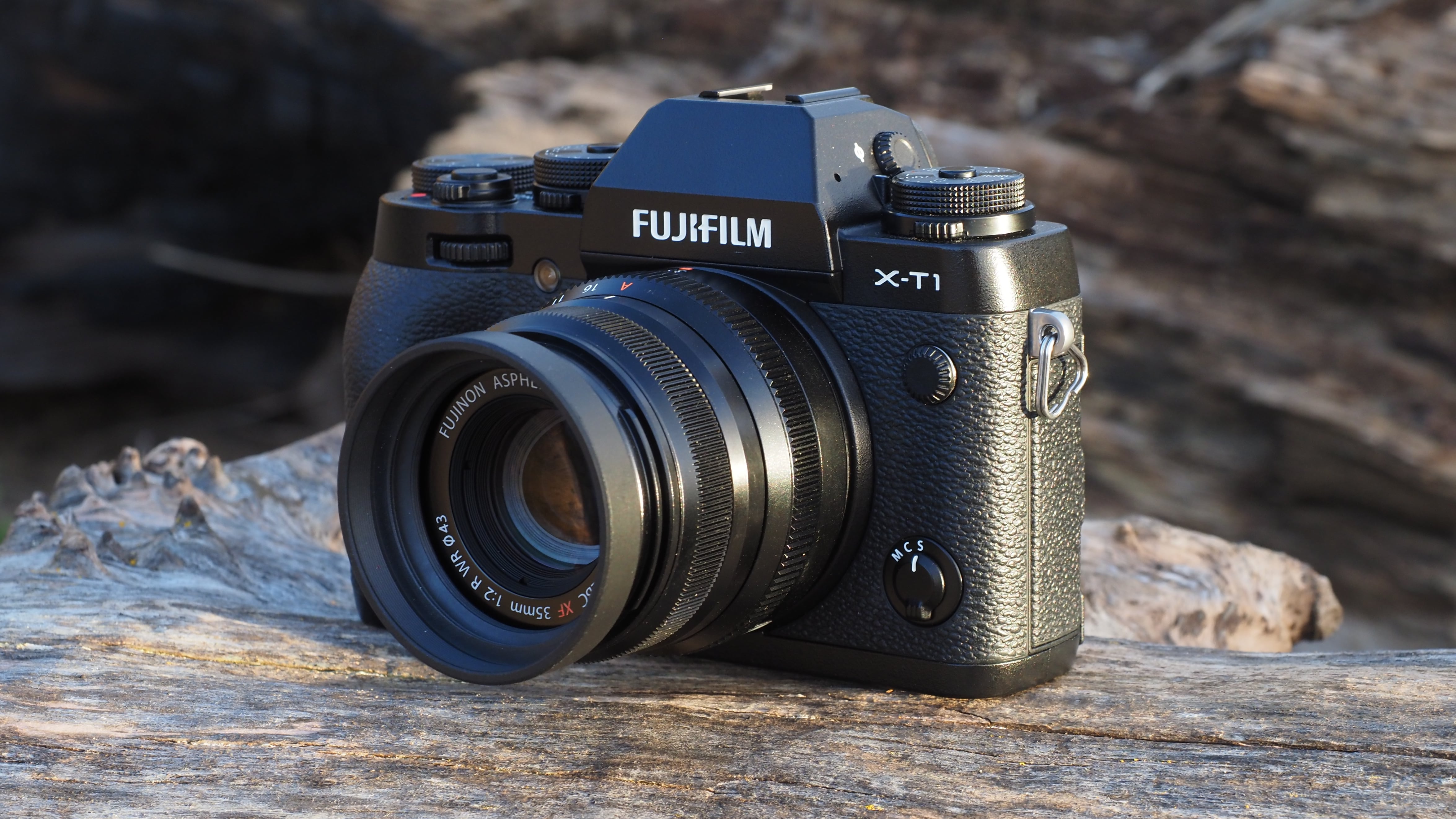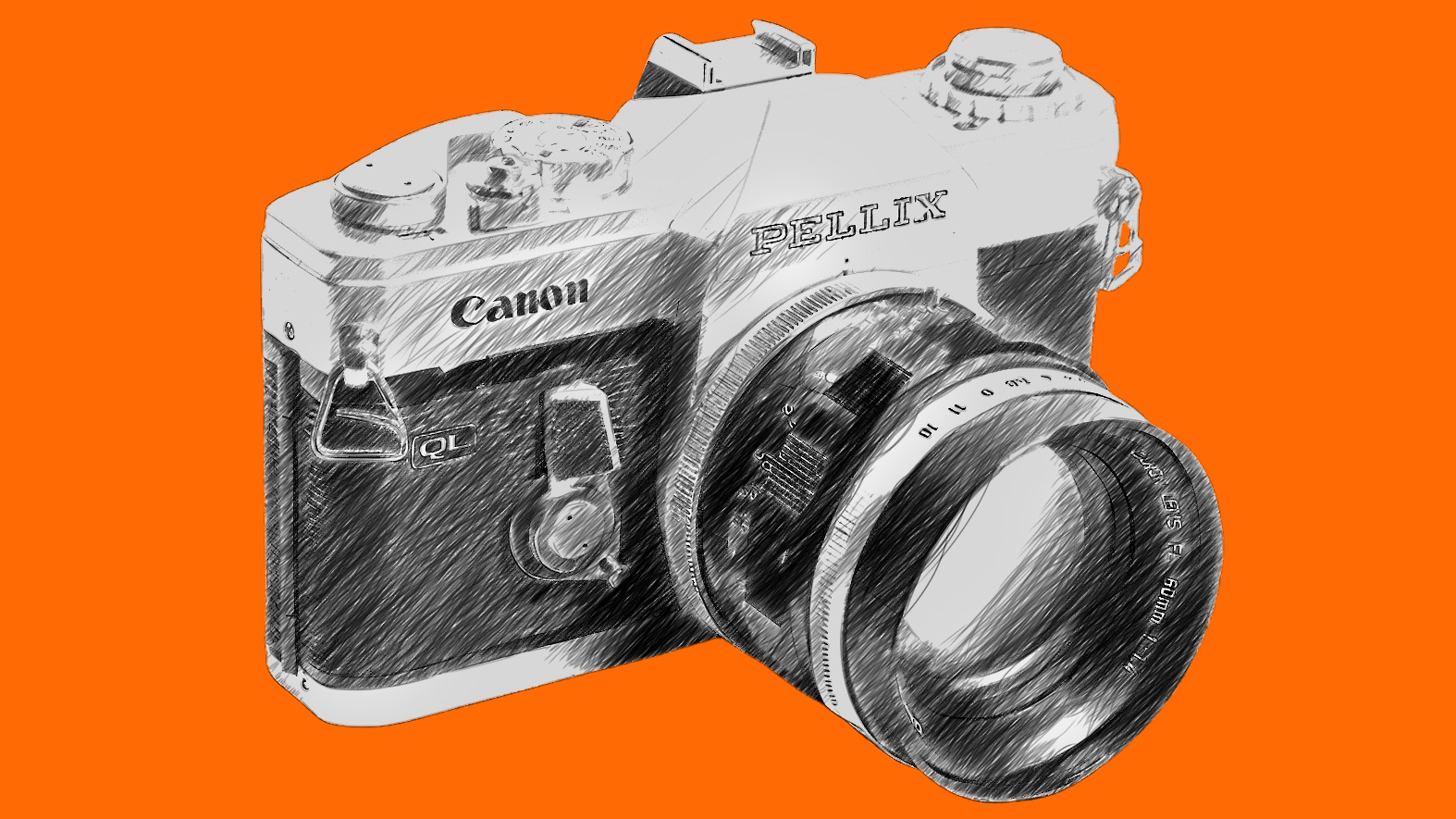Digital Camera World Verdict
The Fujinon XF35mmF2 R WR review might be overshadowed by the newer and faster Fujinon XF 33mm f/1.4 R LM WR, but it’s half the size, half the price and, unless you really do need to shoot at f/1.4, it’s just as good. With its classy metal construction, click-stop aperture ring, and smooth focus ring, it’s perfect for anyone who wants to explore a classical style of shooting without spending a fortune.
Pros
- +
Build quality and controls
- +
Optical performance
- +
Small size
- +
Value for money
- +
Aperture ring
Cons
- -
XF 33mm f/1.4 R LM WR is faster
- -
No ‘de-click’ option for aperture ring
- -
No focus distance scale
Why you can trust Digital Camera World
Fujifilm now offers a really solid range of lenses for its X-mount cameras, and while its newer f/1.4 primes have captured more attention, its older range of f/2 lenses could be a much better buy for photo enthusiasts looking to build a handy little lens system with real quality but at a modest cost.
The focal length of 35mm means this lens is roughly equivalent to a 53mm lens on a full frame camera, so it’s a whisker longer than the classic ‘nifty fifty’ but not by enough to notice. Fujifilm’s other f/2 lenses include a 23mm f/2 (35mm equivalent) and a 50mm f/2 (75mm equivalent), both barely larger than this one and about the same price.
It's not the best-specified, but the XF35mmF2 R WR's size, cost, and quality still make it one of the best Fujifilm lenses, and its performance is good enough for the best Fujifilm cameras. Indeed, its speed and size would help make any X-series Fujifilm one of the best cameras for travel, too.
The XF35mmF2 R WR also comes in a low-cost XC35mm F2 variant. This is cheaper still, but as the ‘XC’ tag indicates, it’s a cheaper plastic-bodied lens with no weather sealing, and there’s no aperture ring either. So while the XC version will give you the same results, the full-fat XF35mmF2 R WR is better made, nicer to use, and gives the proper retro shooting experience.
Fujinon XF35mmF2 R WR: Specifications
| Mount | Fujifilm X |
| Autofocus | Yes |
| Stabilization | No |
| Lens construction | 9 elements in 6 groups |
| Angle of view | 44.2° |
| Diaphragm blades | 9 |
| Minimum aperture | f/16 |
| Minimum focusing distance | 0.35m |
| Maximum magnification ratio | 0.135x |
| Filter size | 43mm |
| Dimensions | 60.0 x 45.9mm |
| Weight | 170g |
Fujinon XF35mmF2 R WR: Design and handling
Mirrorless camera lenses seem to be getting bigger all the time, so it’s refreshing to use a lens this small and light. Anyone who shot on old-school film SLRs with prime lenses will discover a modern digital optic that looks and handles like their old lenses.
However, while there is an aperture ring – and one with a much firmer and more positive ‘click’ than old analog lenses – there’s no focus distance scale. No Fujifilm lenses have distance scales, but it’s still a disappointment because without this, or old-school depth of field index markers, you can’t quickly apply zone focus or hyperfocal distance techniques in manual focus mode.
Otherwise, this lens is a joy to use. It’s not particularly expensive for a premium-quality prime, and while the f/2 maximum aperture might seem a bit lame in a market dominated by f/1.8, f/1.4 or even f/1.2 lenses, you have to ask yourself how often you are really going to need anything faster than f/2 – particularly if you like to travel light and keep the weight and bulk of your gear to a minimum.
The best camera deals, reviews, product advice, and unmissable photography news, direct to your inbox!
There is a shallow screw-on lens hood you can use if you like, though it’s a circular type rather than rectangular or petal-shaped, so while it might help shield the front element from light sources just outside the frame, it’s probably only a modest level of protection. You can at least use the lens cape even with the hood fitted. A more elaborate hood is available separately, but unless you find yourself constantly troubled by flare (we didn’t), it’s hard to justify the cost.
There’s really not much else to say about this lens, except that it’s also weather-resistant. The XF35mmF2 R WR may not be expensive or even that fast, but it’s certainly well made.
Fujinon XF35mmF2 R WR: Performance
If you want the ultimate in optical performance, get the bigger and more expensive Fujinon XF 33mm f/1.4 R LM WR – but the XF35mmF2 R WR runs it a very close second for image quality, particularly at everyday lens apertures, and it’s the one we would recommend for occasional or casual prime lens users.
It also focuses very fast. Some earlier Fujinon primes could be a bit on the sluggish side (the XF27mm F2.8, for example), but this one has a fast and effectively silent stepper motor actuator that Fujifilm claims can focus as quickly as 0.08sec. It takes longer with subjects closer to the camera or with larger focus adjustments, but even here this is a speedy little lens. The limiting factor is just as likely to be your camera’s AF acquisition, not this lens’s responses.
Uncorrected, this lens does show some pretty noticeable pincushion distortion, but that’s only with raw files as JPEGs are corrected in-camera. Besides, raw files have correction data embedded, and Capture One and Lightroom also have bespoke correction profiles, so you’re not going to see uncorrected images anyway – unless you deliberately disable this feature.
Most modern mirrorless lenses rely on digital corrections, either embedded in the image files or via software profiles.
Fujinon XF35mmF2 R WR: Verdict
If you have a camera from the X-T or X-Pro series, this lens is the perfect companion. It offers classic ‘retro’ camera handling, and is small enough to balance on these cameras the way that lenses used to. It’s comparatively inexpensive to buy but delivers excellent image quality. It’s also really well made, satisfying to use and weather proof too.
The little Fujinon XF35mmF2 R WR may not be the best specified or the most glamorous lens in the Fujinon lens line-up. It’s certainly not going to grab headlines in the way that many of its stablemates do. But if you judge it solely on how it looks, how it works and what it does, it’s still one of the best Fujifilm lenses of all.

Rod is an independent photography journalist and editor, and a long-standing Digital Camera World contributor, having previously worked as DCW's Group Reviews editor. Before that he has been technique editor on N-Photo, Head of Testing for the photography division and Camera Channel editor on TechRadar, as well as contributing to many other publications. He has been writing about photography technique, photo editing and digital cameras since they first appeared, and before that began his career writing about film photography. He has used and reviewed practically every interchangeable lens camera launched in the past 20 years, from entry-level DSLRs to medium format cameras, together with lenses, tripods, gimbals, light meters, camera bags and more. Rod has his own camera gear blog at fotovolo.com but also writes about photo-editing applications and techniques at lifeafterphotoshop.com
